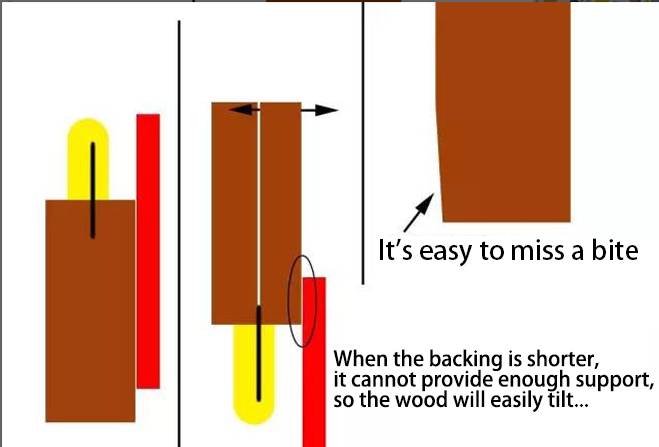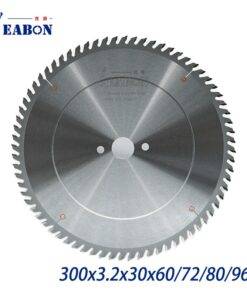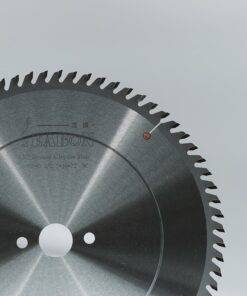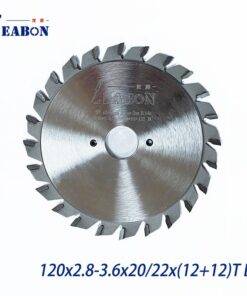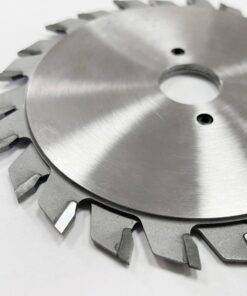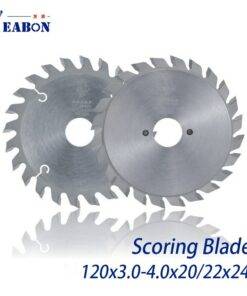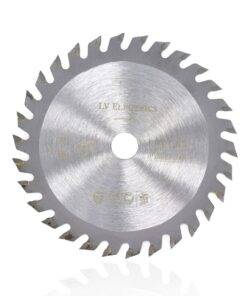Woodworking Accessories Tips
Woodworking Techniques: These Are The Real Stress Points In Your Woodworking Projects
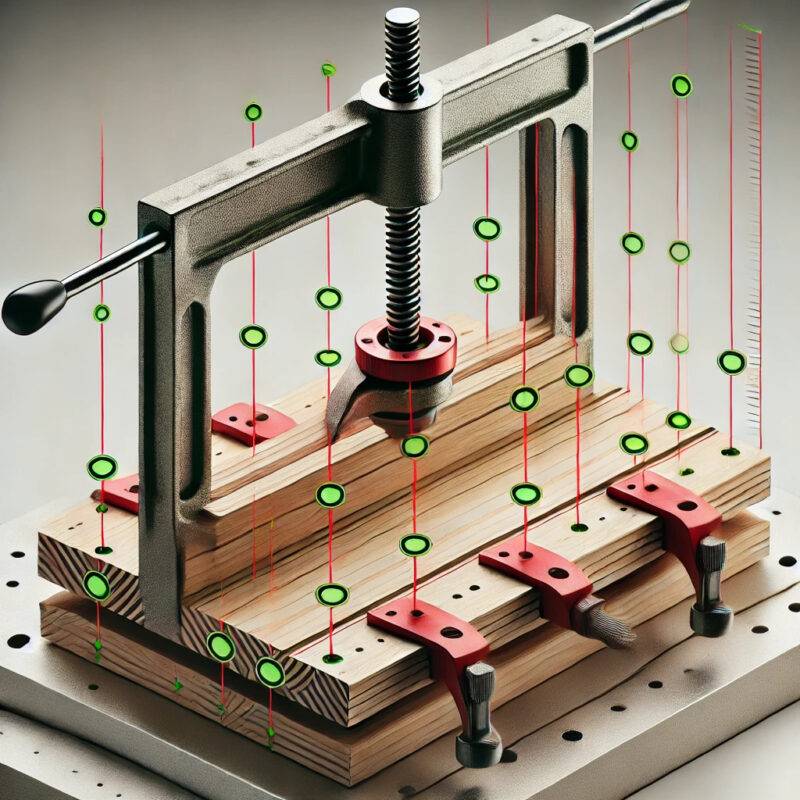
Background: “Kao Shan” in this article is a Chinese transliteration, meaning fence, and refers to a guiding tool that ensures precise cuts.
What is “Kaoshan” in Chinese?
In woodworking, the term “Kaoshan” refers to a guiding tool that ensures precise cuts. Historically, a simple strip of wood and a few nails sufficed, but modern power tools now come equipped with more advanced fences. A fence allows materials to move along a straight line or remain stationary as needed, while the tool moves along it for accurate cuts.
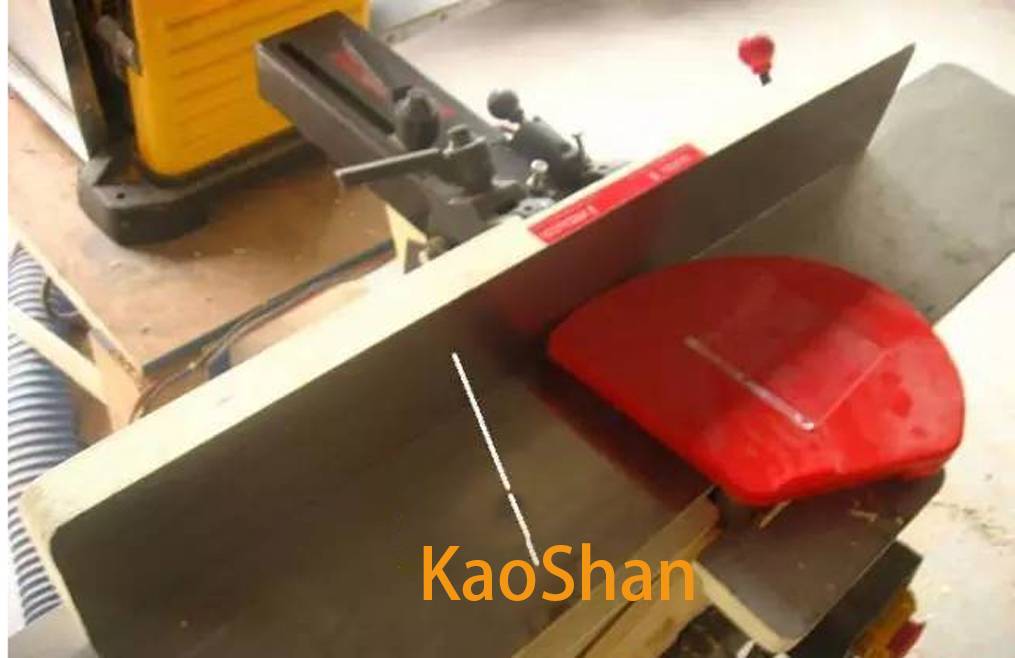
Interestingly, in woodworking, the term “Kaoshan” also applies metaphorically to the back of a chair. Once wood is transformed into furniture, the chair back becomes its “Kaoshan,” providing support for the person sitting. In some cultures, this concept extends further. For example, elders may gift chairs without backs to younger, unmarried family members as a reminder that they have not yet established their own “support” in life.
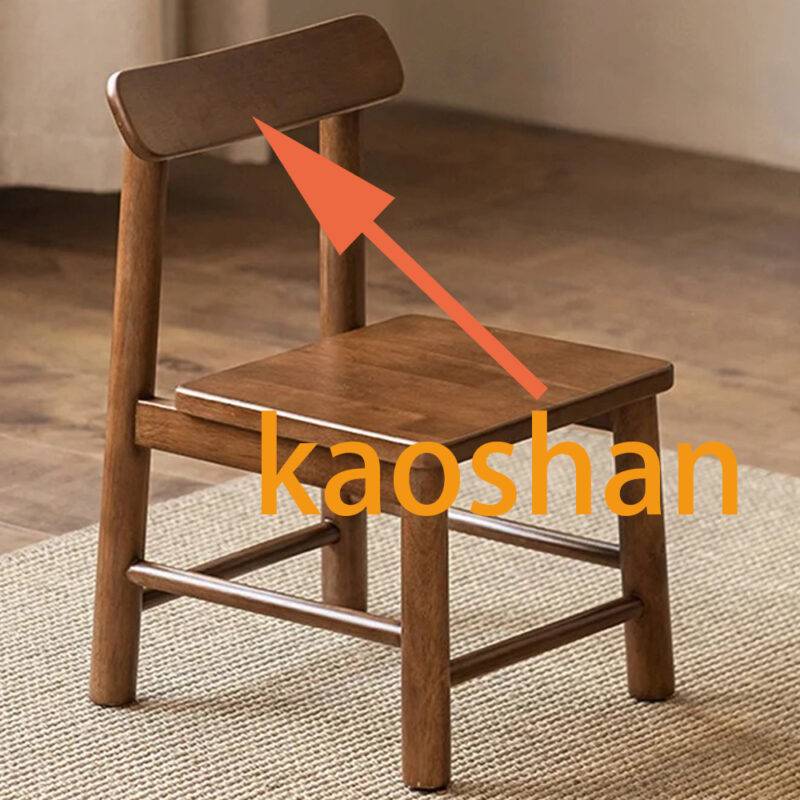
“Kaoshan” in History
In the context of Chinese history, the expression “Kaoshan” comes from the tale of An Lushan’s rebellion during the Tang Dynasty. Emperor Xuanzong favored An Lushan, a military general, and considered promoting him to prime minister. Yang Guozhong, a senior minister, advised against this, warning of An’s ambitions. The emperor, after some persuasion, decided not to proceed with the promotion. One of An Lushan’s friends, Zhang Ji, shared this story with the poet Li Bai. Li Bai cautioned Zhang, saying, “An Lushan is untrustworthy; don’t rely on him as your support. Stay close to the emperor instead.” Zhang heeded the advice, and when An Lushan eventually rebelled, Zhang retained his favor with the emperor, remarking, “Good thing I didn’t rely on him as my support!”
This story popularized the term “Kaoshan” as a symbol of someone or something people depend on for success. In ancient times, relying on influential figures often led to prosperity. However, as the example of He Shen, a Qing Dynasty official who met his demise due to over-reliance on the emperor’s favor, demonstrates, relying on others can be risky.
Today, the meaning of “Kaoshan” has evolved. It now leans more toward depending on one’s skills and abilities rather than external support. While seeking external support may be tempting, true success ultimately relies on one’s own efforts.

“Kaoshan” in Woodworking
In woodworking, the role of the fence is straightforward and serves four main purposes:
1. It ensures that the wood moves in a straight line along the fence.
2. It allows tools to move along the fence for precision cuts.
3. It stabilizes the wood so it remains still during the cutting process.
4. It often acts as a measuring guide for more accurate work.
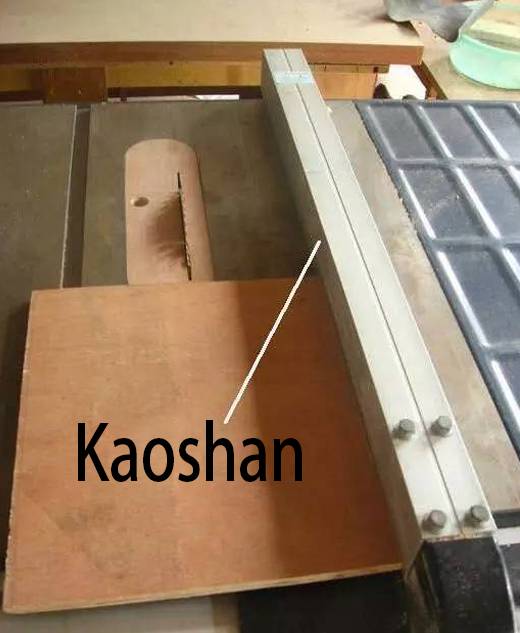
To put it simply, it’s like slicing vegetables. When you hold a knife in your right hand and guide the knife with your left fingers, your left hand acts as the “fence” to guide the blade.
Regarding the relationship between circular saw blades, workpieces, and fences in woodworking, it’s crucial to understand that human hands cannot achieve perfectly straight cuts. A fence helps solve this issue by keeping the cutting tool aligned with the workpiece. The fence can be a straight piece of wood, an aluminum profile, or even a hook, as long as it ensures that the tool operates along a straight path.
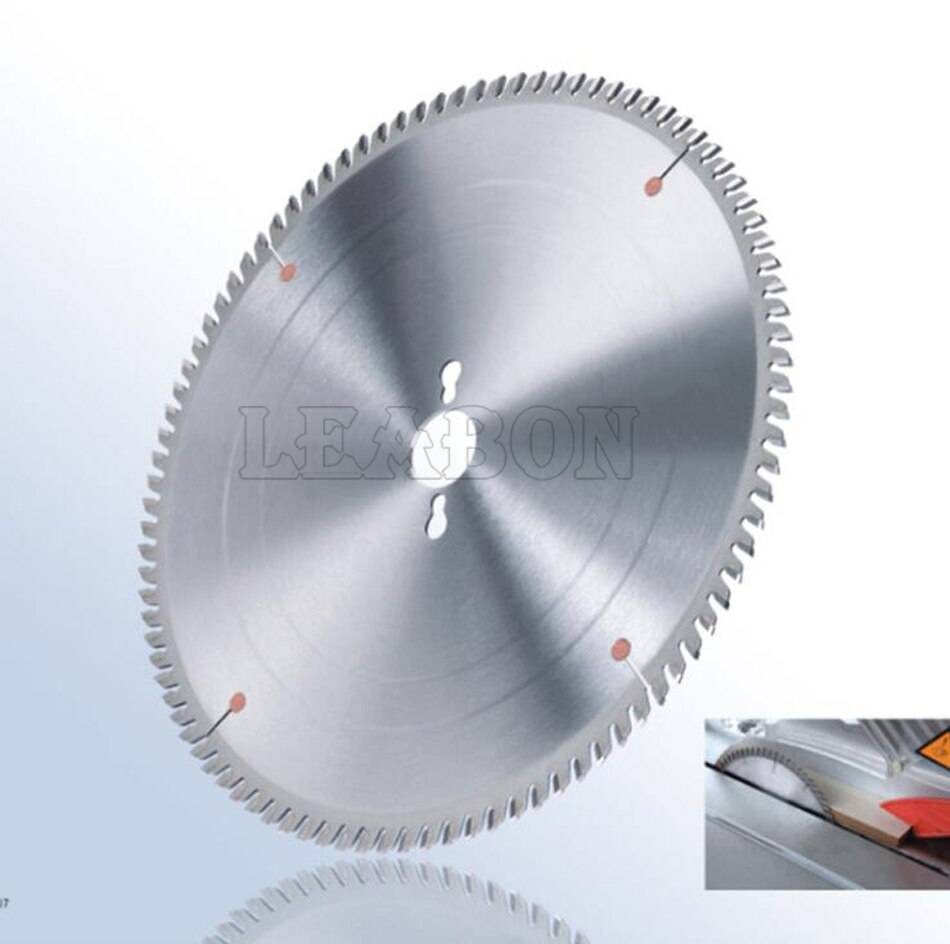
However, new woodworkers should be aware of certain situations where using a fence could be dangerous.
For instance, when crosscutting short workpieces on a table saw, using a fence can cause the wood to become trapped between the blade and the fence, potentially leading to damage or even accidents.
The same risk applies when using a miter saw, especially if the cut-off piece is clamped in place.

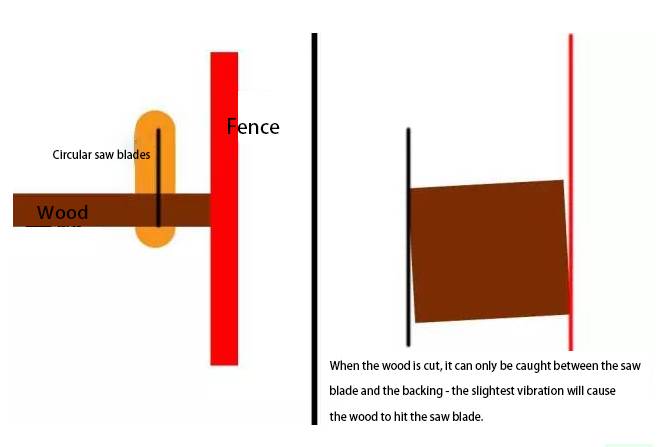

You might have seen in tutorial videos how some users add a small block to the fence at the starting point. This block can be around 1 inch thick, allowing the table saw’s scale to be adjusted accordingly. With this setup, small pieces of wood won’t get trapped, reducing the risk of accidents.
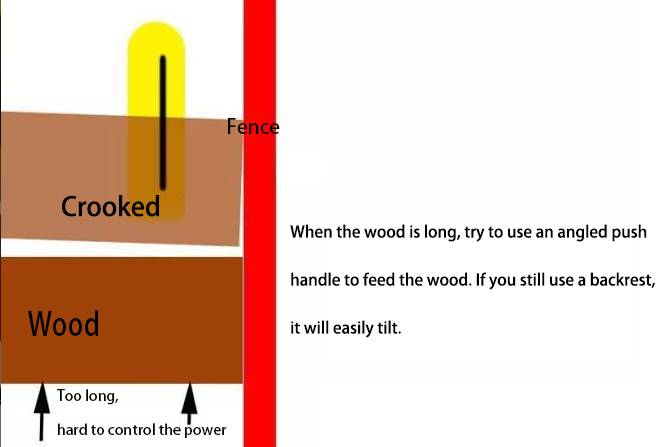
Another issue to watch out for is insufficient support from the fence. A fence might be long enough, but if the piece of wood leaning against it is too short, it can lead to instability. Conversely, if the wood is long but the fence is too short, the workpiece might not receive adequate support.
